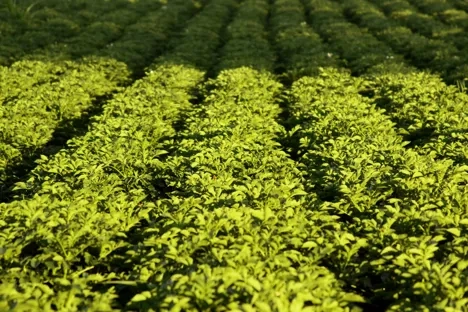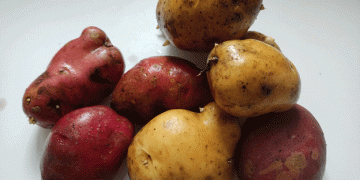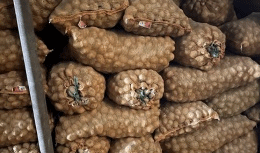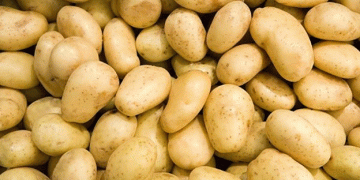Dry Conditions Impacting Harvest Timelines Across Regions
Australia – As the potato harvesting season concludes amidst unusually dry conditions across various states, growers are reflecting on a season that concluded earlier than usual. Richard Haynes, National Account Manager at Elders, notes that while the South Australian seed harvest has nearly concluded, planting for fresh potatoes remains a year-round endeavor in regions like the Adelaide plains.
“The planting in the Adelaide plains has faced exceptionally dry conditions but is now complete. Meanwhile, preparations for planting in the Riverland, Mallee, and South East regions are scheduled to commence from mid-July,” explains Haynes.
Despite the challenges posed by dry weather, the overall quality of this season’s harvest across Australia has been commendable, with minimal instances of disease or virus. Haynes reports that both volume and yields have met industry expectations, indicating a resilient performance from growers amidst adverse weather conditions.
In Western Australia, the potato industry faced additional hurdles due to an exceptionally hot and dry summer, leading to supply shortages earlier in the season. Operational disruptions, including temporary shutdowns by processors for approximately six weeks, further strained the supply chain and impacted growers dependent on these facilities.
South Australia, a significant contributor to Australia’s fresh potato supply with about 70% share, continues to maintain stable domestic demand. The consistency in quality and supply from this region supports a steady market environment for fresh potatoes.
Looking ahead, market demand appears robust with solid current demand levels and improving conditions in the frozen (chipping) sector as processors resume operations. However, challenges remain, particularly with late arrivals of frozen products potentially complicating the supply chain dynamics.
The Australian potato industry’s ability to navigate these challenges underscores its resilience and adaptability. As growers and stakeholders continue to monitor weather patterns and market dynamics, maintaining quality standards and operational efficiency remains crucial to sustaining growth and meeting consumer needs.






